In order to introduce to a wide range of readers the beauty of Kien Giang, the Vietnam Education Publishing House has published a very special book series "Kien Giang Geography", consisting of 3 volumes. The book was made by the Provincial Party Committee - People's Committee of Kien Giang Province, the Propaganda Department of Kien Giang Provincial Party Committee for 20 years with the collaboration of many scientists, units, departments and organizations. "Kien Giang Geography" reflects quite comprehensively and systematically the issues of natural characteristics, people, history, economy , culture, society, ... through the stages of history, from the opening of the land around the 17th century to 2015.
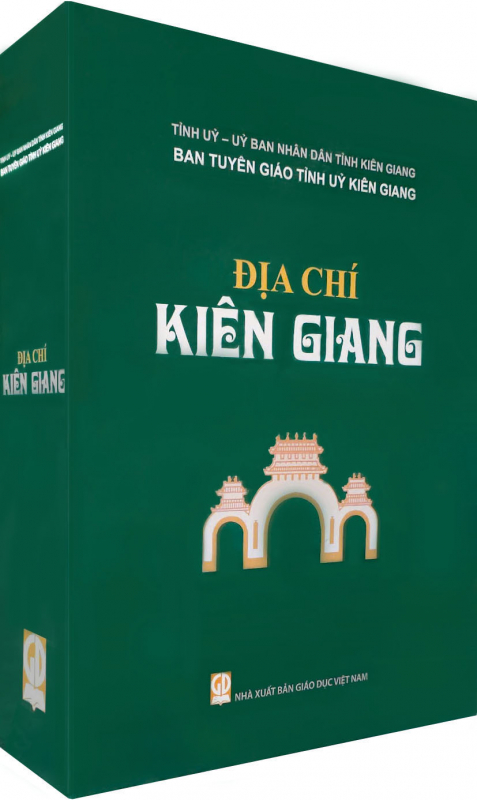
The book is divided into six parts: Part one: Nature and population. Part two: History. Part three: Economy. Part four: Politics . Part five: Culture. Part six: Education, science - technology, health, physical education and sports.
In each section, the content is presented in detail, fully demonstrating the comprehensive development of Kien Giang through historical periods. In each period, there are vivid documents and illustrations. Therefore, readers can easily get an overview of Kien Giang geography.
From around the beginning of the Christian era to the 7th century, Kien Giang belonged to the Kingdom of Phu Nam. This was originally a vast water area with dense forests and very little high land, so the population was sparse. Around the 16th-17th centuries, when the water receded and Ha Tien town was established (in 1708), this place gradually became bustling, attracting many Vietnamese, Chinese, and Khmer people to live here.
More than 300 years since its discovery, but due to many wars, looting by Siam, Cambodia, the Tay Son - Nguyen Anh civil war, nearly 100 years of French domination, 20 years of fighting against the US, and finally the invasion of the Khmer Rouge, Kien Giang has not had the conditions to promote many advantages.
Kien Giang is a province located in the southwest of the country, with an area of over 6,400 km2 with three cities: Rach Gia, Ha Tien, Phu Quoc and 12 districts with a population of over 1.75 million people (2021 statistics). The terrain of the province includes plains, hills, islands and a hot and humid tropical monsoon climate, divided into rainy and dry seasons. Kien Giang has the islands of Phu Quoc, Lai Son, Hon Tre, Hon Nghe and 5 large archipelagos: An Thoi archipelago, Tho Chu archipelago (Tho Chau), Nam Du archipelago, Hai Tac archipelago and Ba Lua archipelago. The flora and vegetation are very rich with many types of climbing plants, large trees used as medicinal herbs, food and timber (myrtle, cajuput). The fauna is very diverse with many species such as reptiles, mammals, frogs, birds, fish, including many rare animals.
Kien Giang is the gateway for localities in the Mekong Delta to expand trade exchanges with other countries and the world.
Located in the area of Oc Eo culture that existed thousands of years ago along with activities in the process of exploration, construction and protection of the territory since the Nguyen Dynasty, Kien Giang has very unique cultural features expressed through architectural works (temples, pagodas, ancient houses, tombs, ...), dishes (soup, grilled dishes, cakes, ...), costumes, folk songs, dances, ancient music, traditional festivals, ...
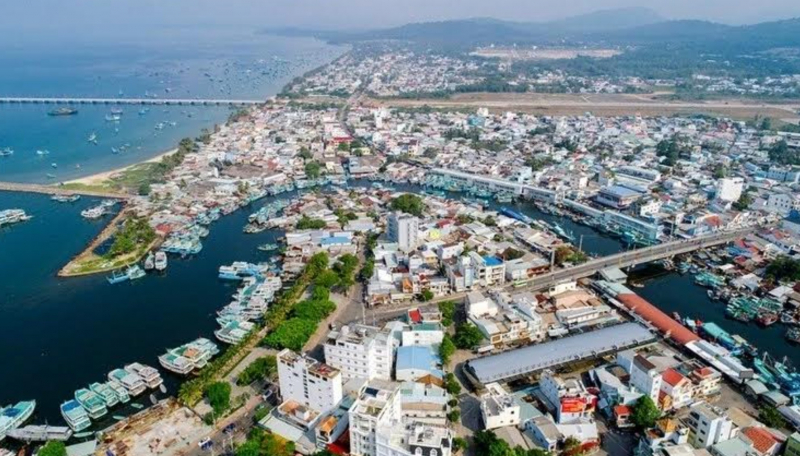
Since 1986, along with the country's innovation, Kien Giang has been very creative in implementing socio-economic development policies. The province has focused on developing its strengths in rice export and seafood exploitation, farming, processing, and tourism. Currently, the province is promoting infrastructure development to develop high-quality marine tourism, eco-tourism, and resort tourism, considering it a key economic sector.
Thanks to the economic restructuring, the material and spiritual life of the people has been improved. The average income per capita reached 2,500 USD (in 2015), ranking 12th in the country and second in the Mekong Delta. The education system has developed to rural and border areas. The health care network has been expanded, making an important contribution to the care and protection of people's health. Technological activities are closely linked to the province's economic and technical sectors and have made significant contributions.
The book series "Kien Giang Gazetteer" is not only a valuable source of materials for research but also contributes to educating the tradition of loving the homeland for today's and future generations.
Source: https://cand.com.vn/Tieu-diem-van-hoa/dac-sac-dia-chi-kien-giang-i761960/










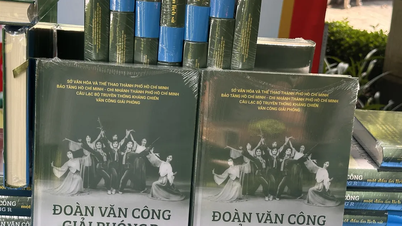

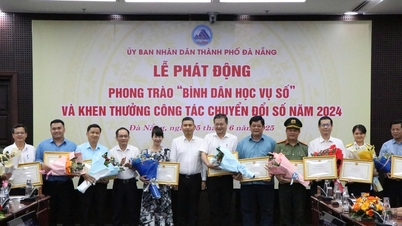



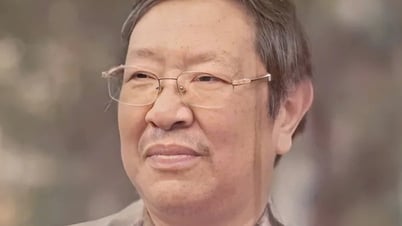





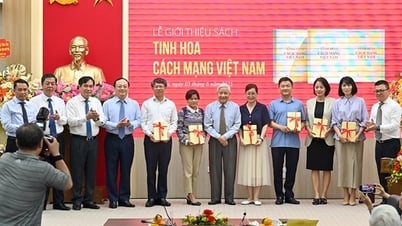
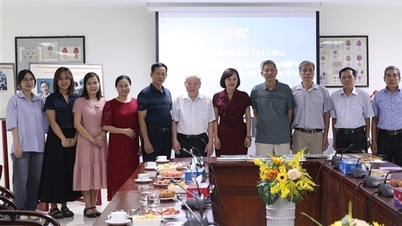
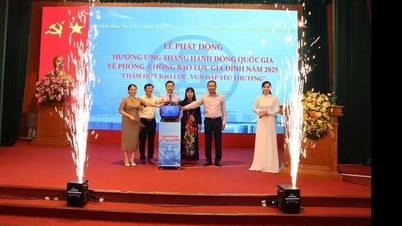




















































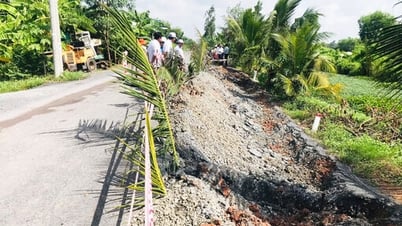

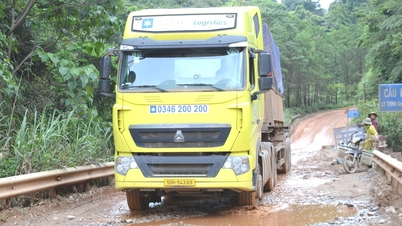

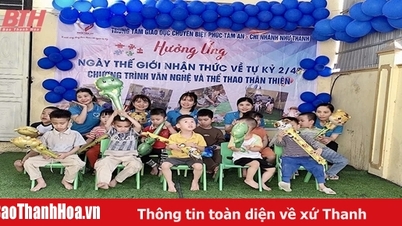

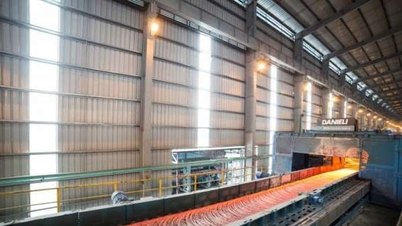











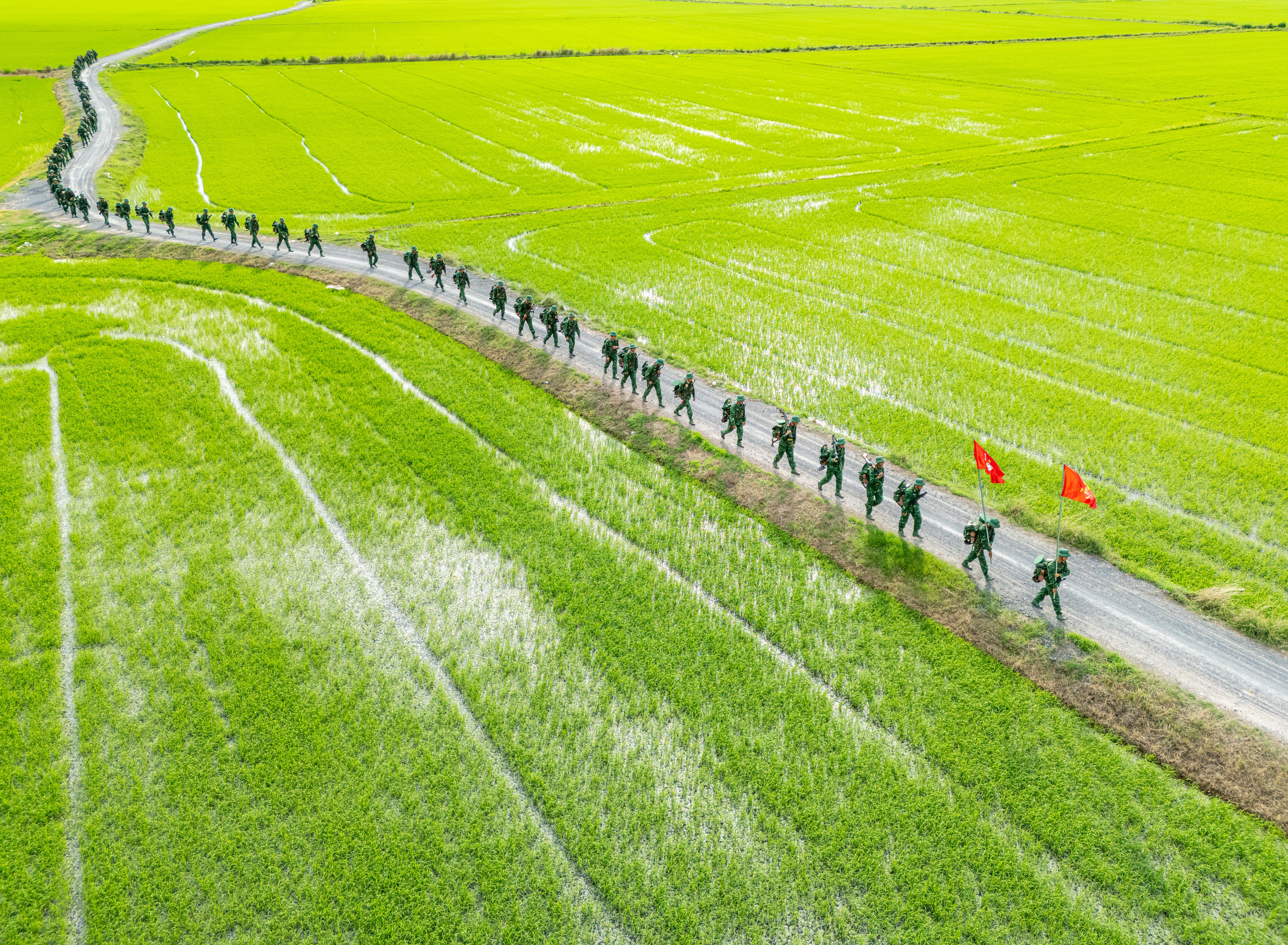
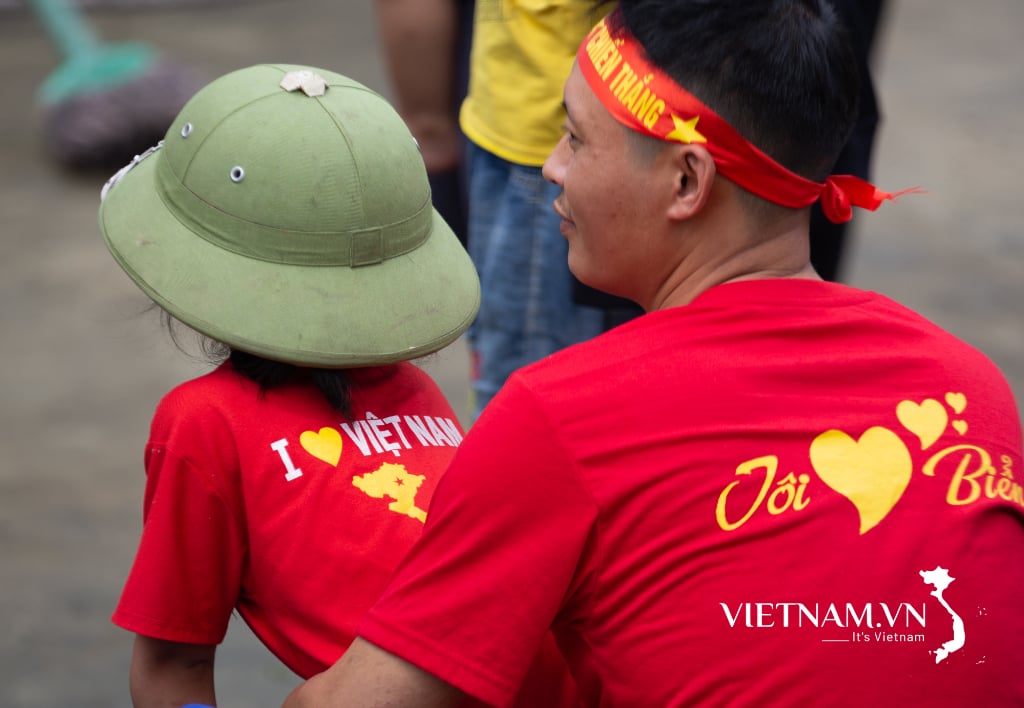
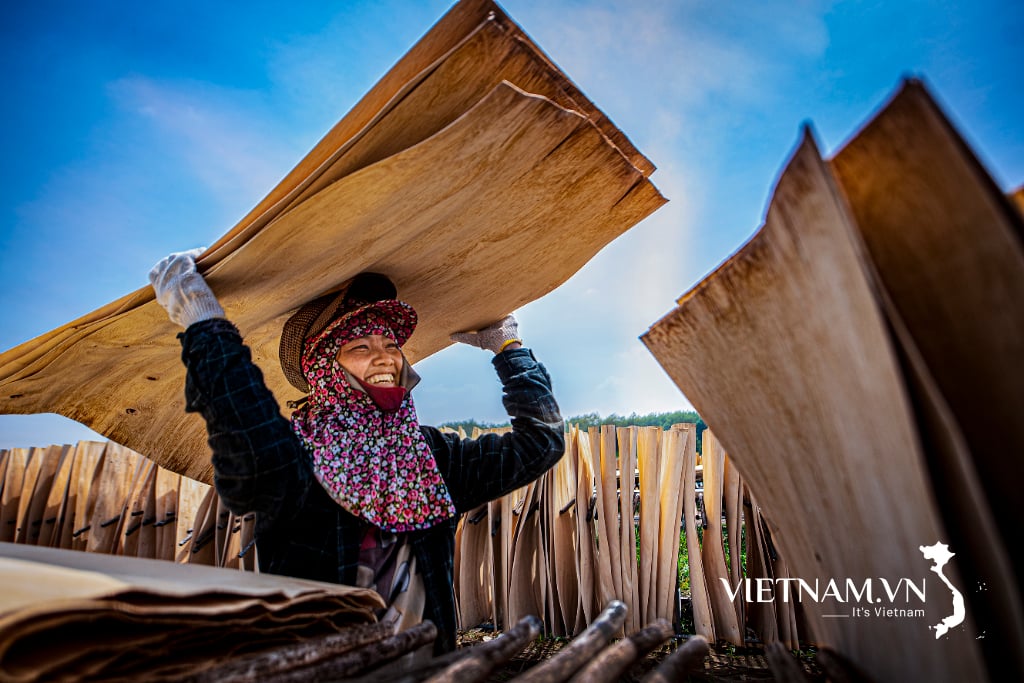
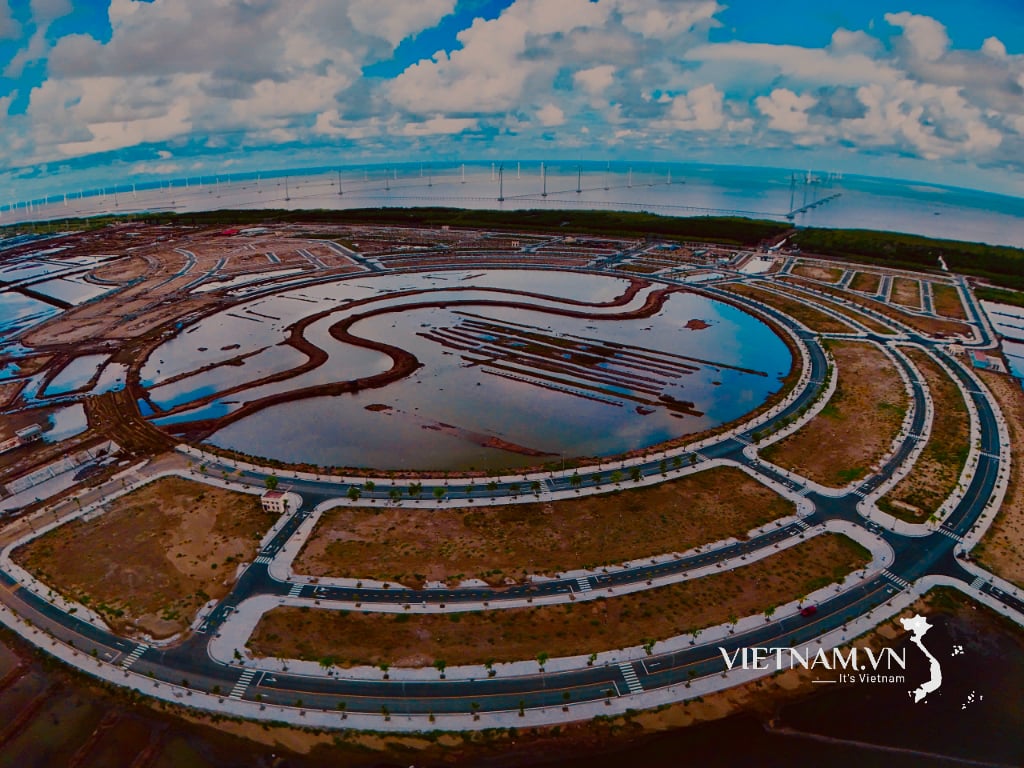
Comment (0)